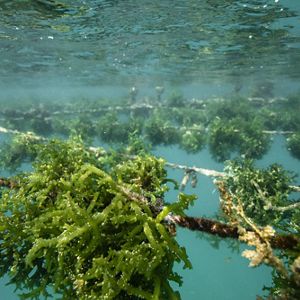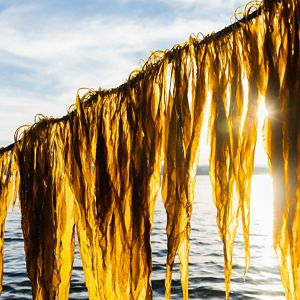Seaweed farming is increasingly seen as a promising approach to mitigating climate change despite limited data on carbon removal pathways, and uncertainty around benefits and risks at operational scales. Building on our earlier model for British Columbia, Canada, this global model continues to address these knowledge gaps by allowing users to estimate both potential climate and water quality benefits for a specified seaweed farm in a selected ecoregion of the world.
Users can define, save, and modify customized scenarios of seaweed aquaculture and harvested seaweed fate in 232 marine ecoregions around the globe. Using regional values from global data sets, the model estimates, with uncertainty, the carbon budget of the defined aquaculture scenario, and its potential contribution to the reduction of anthropogenic nutrient loadings.
Scenarios include the ecoregion of interest, a description of the aquaculture system, the intended use of the harvested biomass, and simple model settings.
The aquaculture system includes the type(s) of seaweed farmed, the methods used, the area cultivated, and the environment the farm is located in. The harvested biomass of each species can be assigned to a variety of uses ranging from ecosystem nourishment to food or animal feed products, and other climate and ecosystem friendly replacements for existing, more carbon-intensive products.



